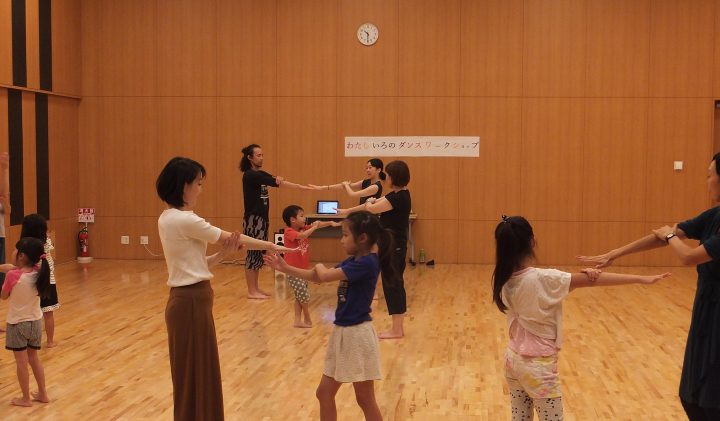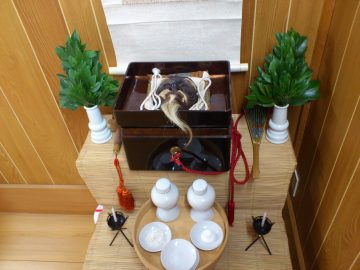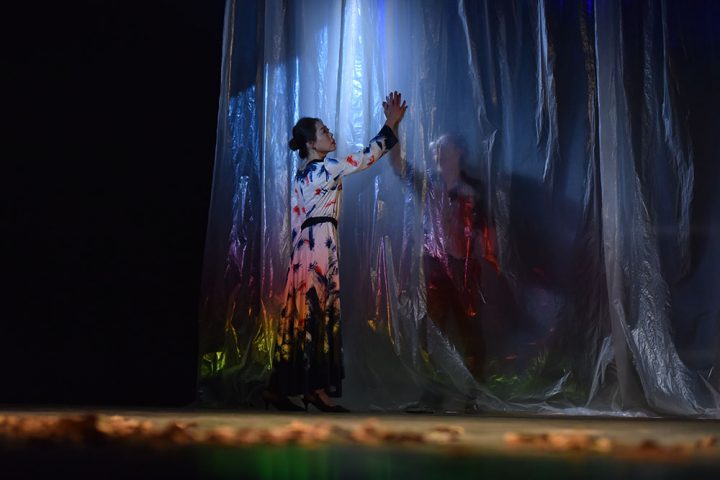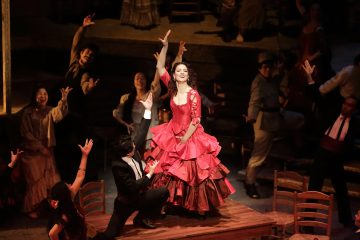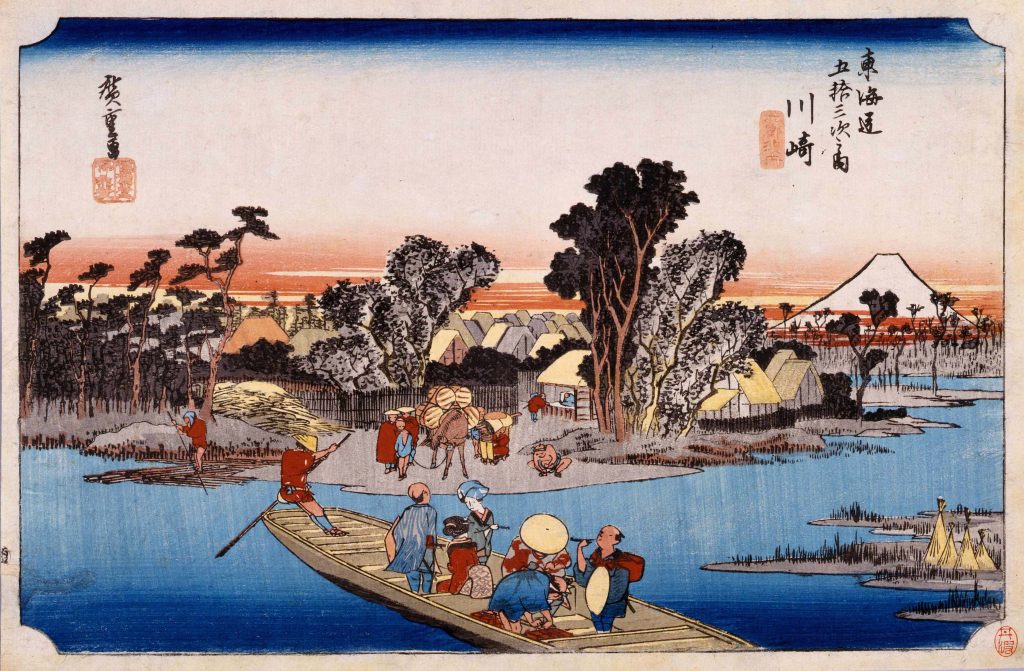
(TOP image)『The Rokugo River Ferry, Kawasaki (Fifty-three Stations of the Tokaido Road』 by Utagawa Hiroshige I
* Image provided by the Kanagawa Prefectural Museum of Cultural History
「Ukiyo-e」 is a genre of Japanese art that emerged in the Edo period (1603–1868) and depicts that era's customs, trends, etc. It is said to have originated with paintings depicting aspects of everyday life, but it only began to flourish following the introduction of multicolor woodblock printing techniques.
The prints feature a wide variety of subjects, including kabuki actors, beautiful women, classical literature, well-known stories and landscapes.
「Meisho-e」 (pictures of famous places), which allow the viewer to share in the experience of travelling, were particularly popular. Utagawa Hiroshige's 『Fifty-three Stations of the Tokaido Road』 and Katsushika Hokusai's 『Thirty-six Views of Mount Fuji』 among others, have gained fame even overseas.
Kanagawa is home to many of the areas depicted in such ukiyo-e prints. For example, scenes of ferries on the Rokugo River (now the Tama River) were drawn by many ukiyo-e artists, including Utagawa Hiroshige.
With the progress of urbanization, the areas depicted in ukiyo-e prints have changed drastically. An impressive bridge has been built across this river that once bustled with ferries. A ferry monument on the guardrail is all that remains to preserve their memory.
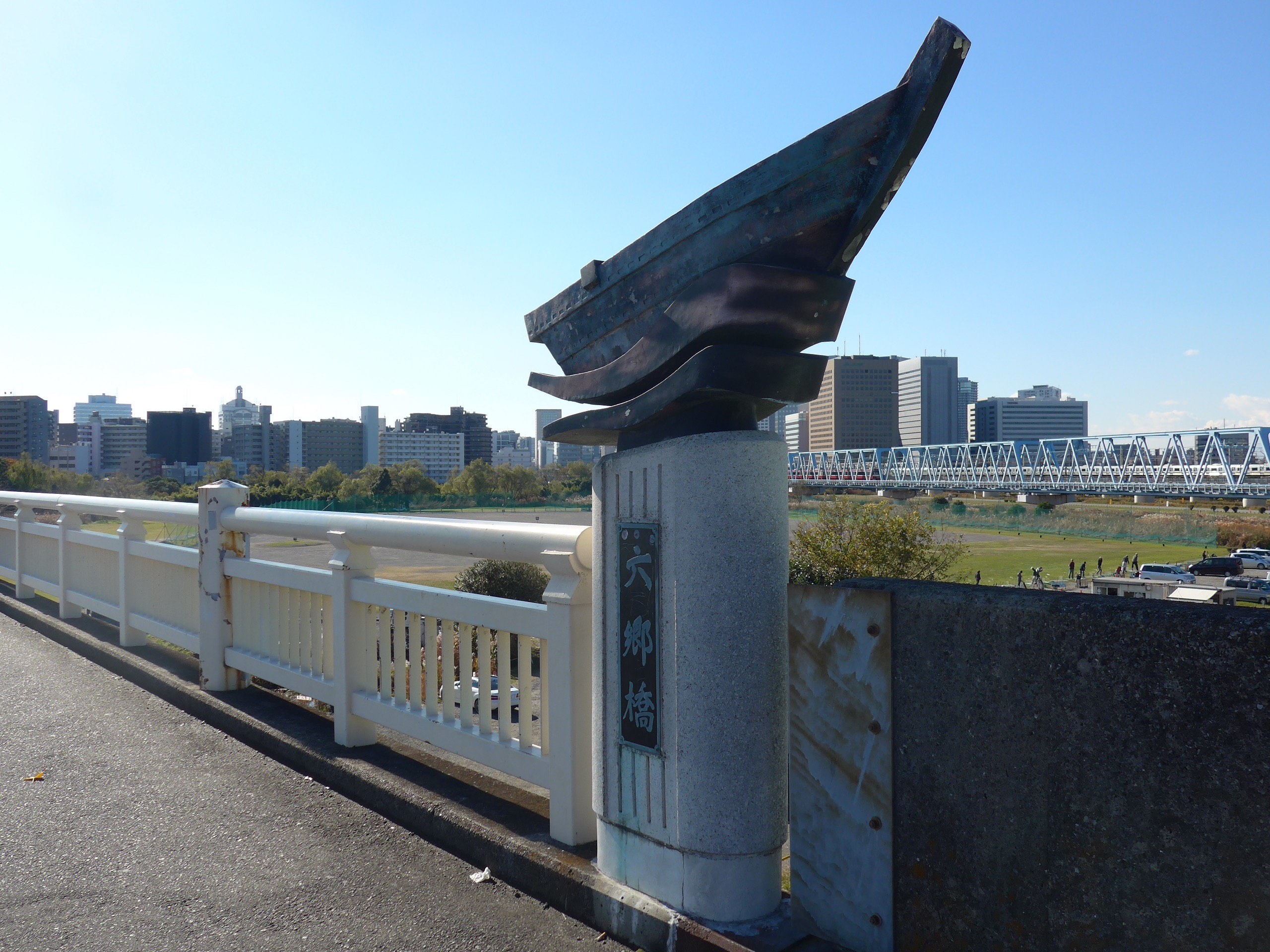
However, areas where vestiges of the past remain are not uncommon.
We have selected ukiyo-e prints depicting Kanagawa from the collection of the Kanagawa Prefectural Museum of Cultural History, which we will present alongside comparisons to the modern-day scenery. Join us on a lighthearted trip into the past to see the scenes that ukiyo-e artists of the time cherished.
